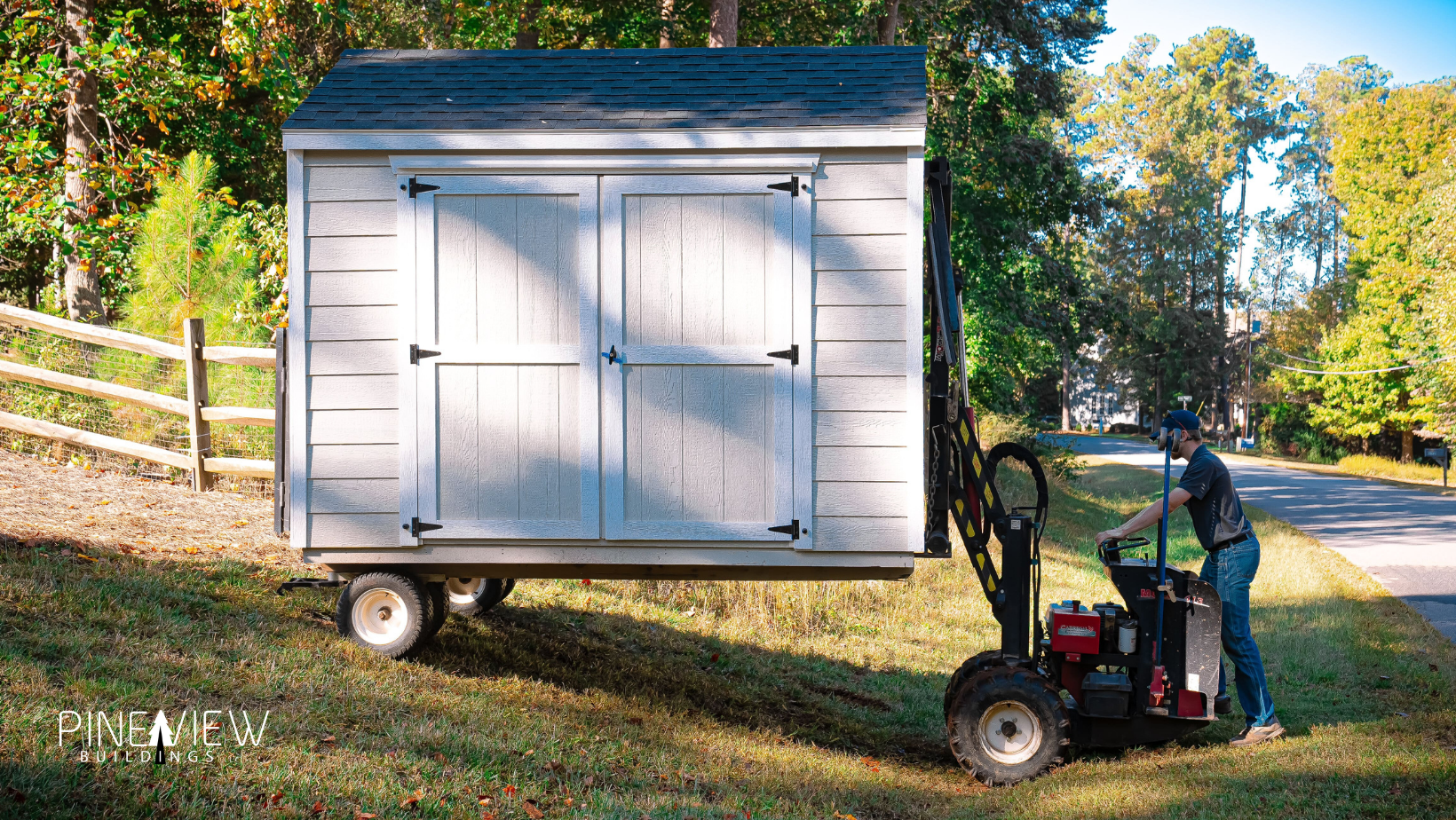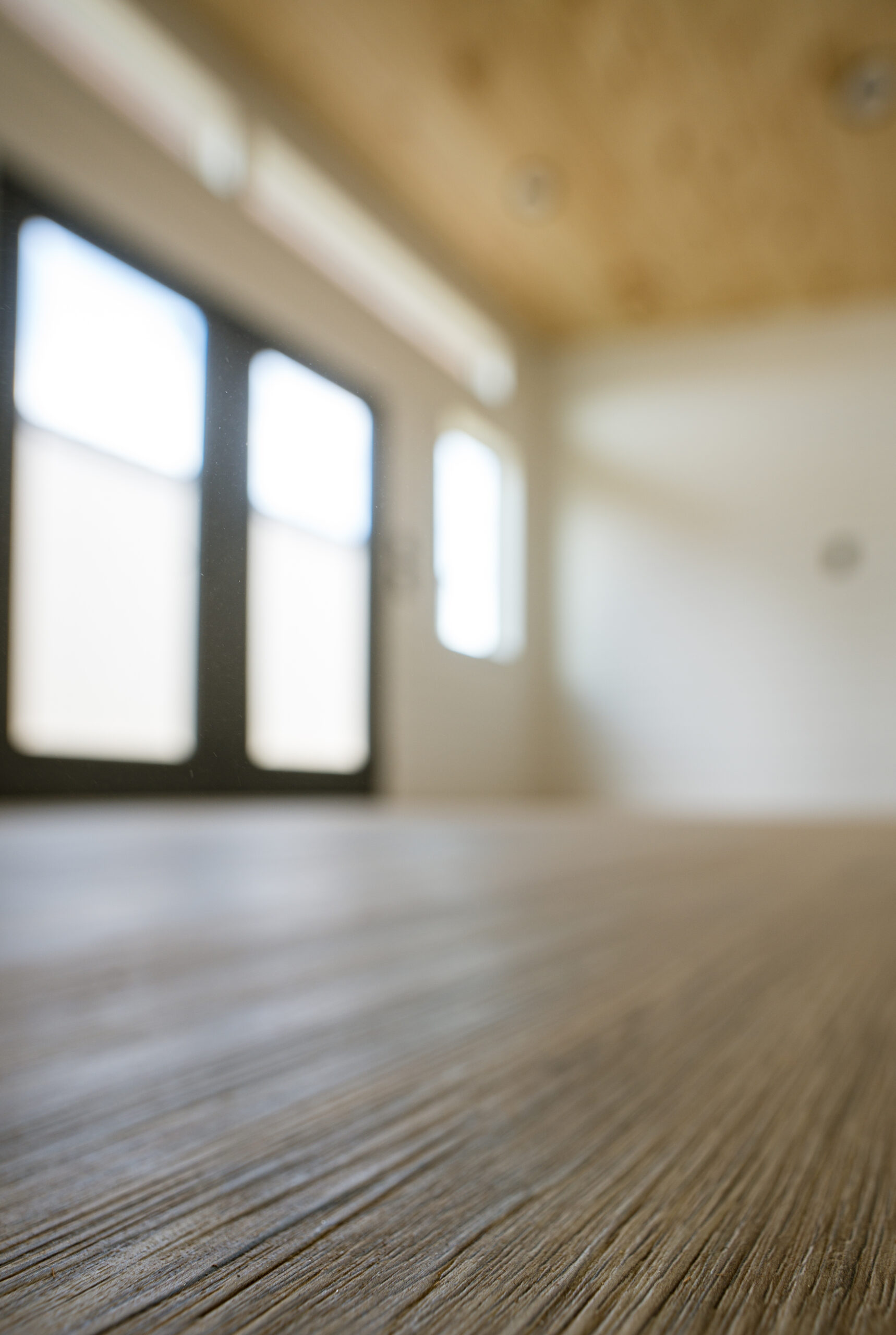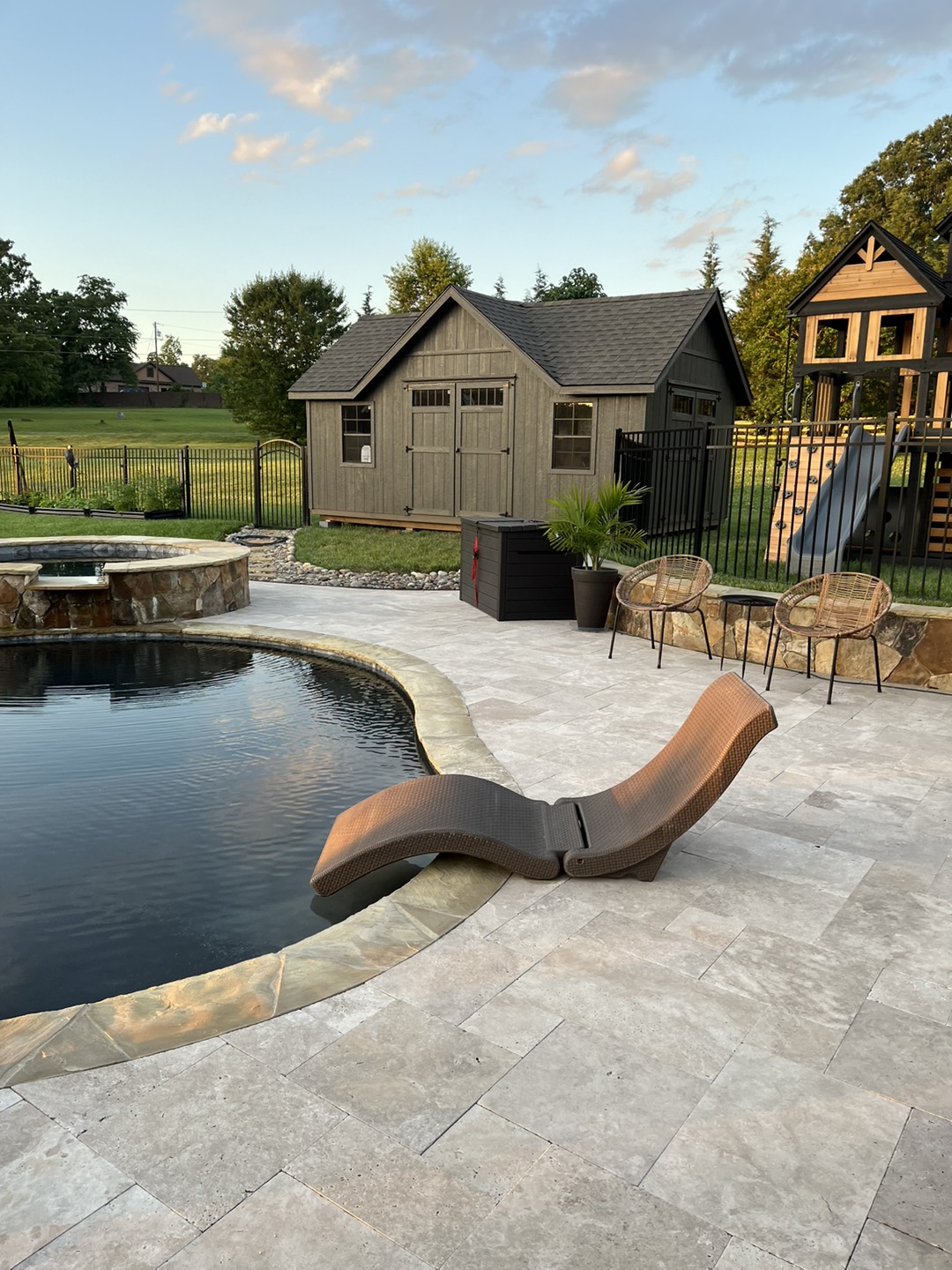So you’ve chosen the perfect shed to organize your tools, hobbies, or just escape the daily grind. Congratulations! But before your backyard sanctuary takes shape, there’s one crucial step: site preparation. Don’t worry, it’s not as daunting as it sounds. With a little planning and these handy tips, you’ll have your shed standing strong and weather-tight in no time.
Step 1: Choose the Perfect Location
- Accessibility: Think about how you’ll use your shed. Is it for gardening tools? Choose a spot near your garden. For a workshop? Opt for proximity to power outlets.
- Sunlight and Shade: Consider the sun’s path. Do you want your shed directly in the sun for more light or do you want more shade for hotter months?
- Drainage: Avoid low-lying areas prone to flooding. Choose well-drained soil or create a slight slope away from the shed.
- Clearances: Check local building codes for minimum distances from property lines, fences, and other structures. Is there anything in the way that would keep the delivery driver from placing the building where you want it?
Step 2: Clear the Ground
- Remove existing vegetation and debris: Trees, shrubs, and even weeds can hinder drainage and foundation stability. Clear the area thoroughly.
- Level the ground: Use a rake or shovel to create a level surface. Aim for a maximum slope of 1 inch per 5 feet.
- Dig out for a foundation (optional): If your shed has a floor frame or requires additional support, you may need to dig a perimeter trench for a concrete or block foundation. Ask your dealer if you are unsure.
Step 3: Lay the Foundation (If Needed/Desired)
- Gravel is a popular and affordable choice: Spread a 4-6 inch layer of crushed gravel over the leveled area. This provides drainage, prevents weeds, and keeps the shed floor dry.
- Concrete slabs offer a more permanent solution: Pour a concrete slab according to the size and weight of your shed. This is ideal for heavier sheds or those with built-in floors.
- Pavers or bricks can create a decorative and functional base: Lay pavers or bricks in a level pattern over the gravel or directly on the ground. This option is best for lighter sheds and adds a touch of style.
Step 4: Final Touches
- Compact the foundation: Use a tamper or plate compactor to ensure the foundation is firm and stable. This is especially important for gravel bases.
- Install perimeter edging (optional): Edging helps keep the gravel or pavers in place and prevents them from spreading into your yard.
- Double-check your measurements: Before starting construction, ensure your chosen foundation aligns perfectly with your shed’s footprint.
Bonus Tip: If you’re unsure about any aspect of site preparation, consult a PVB dealer, a professional contractor, or your local building department. They can provide valuable guidance and ensure your shed is built on a solid foundation.
Remember, proper site preparation sets the stage for a long-lasting and enjoyable shed experience. So take your time, plan ahead, and follow these simple steps. Soon, you’ll be enjoying your new backyard haven, knowing it’s built on a foundation of both sweat and smarts!
Now, go forth and conquer that bare ground! Your dream shed awaits.



